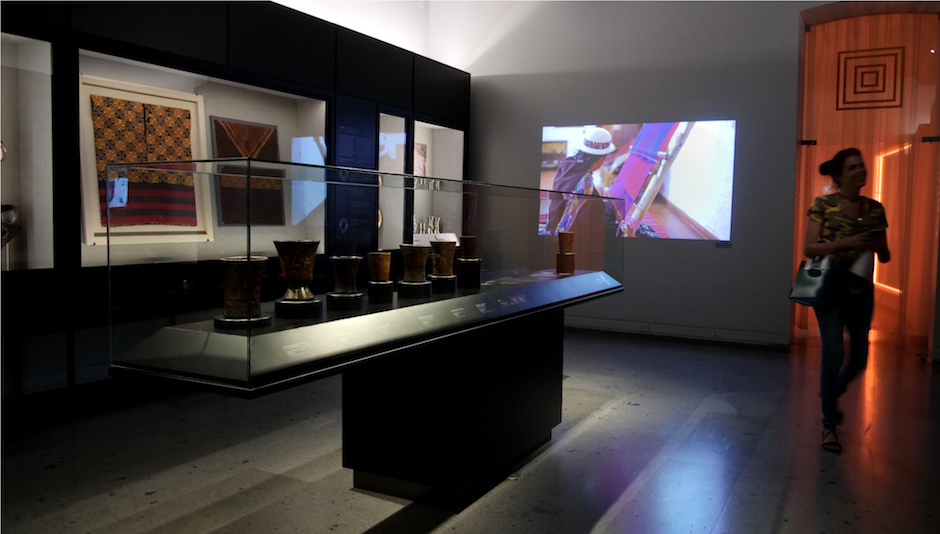
Communication systems: Toqapus, an Inka writing system?
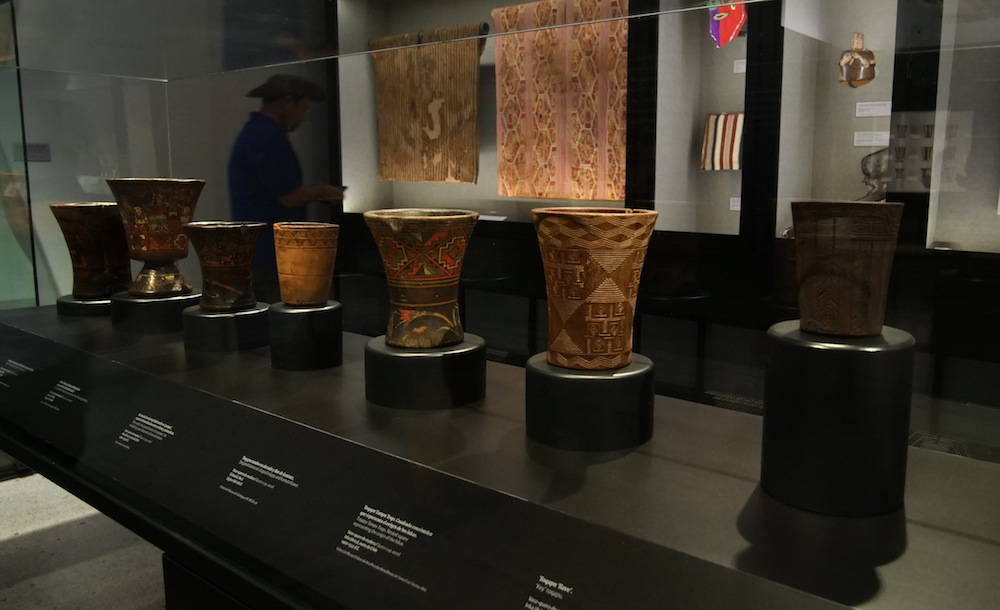
Showcase, Toqapus, and Inka writing system?
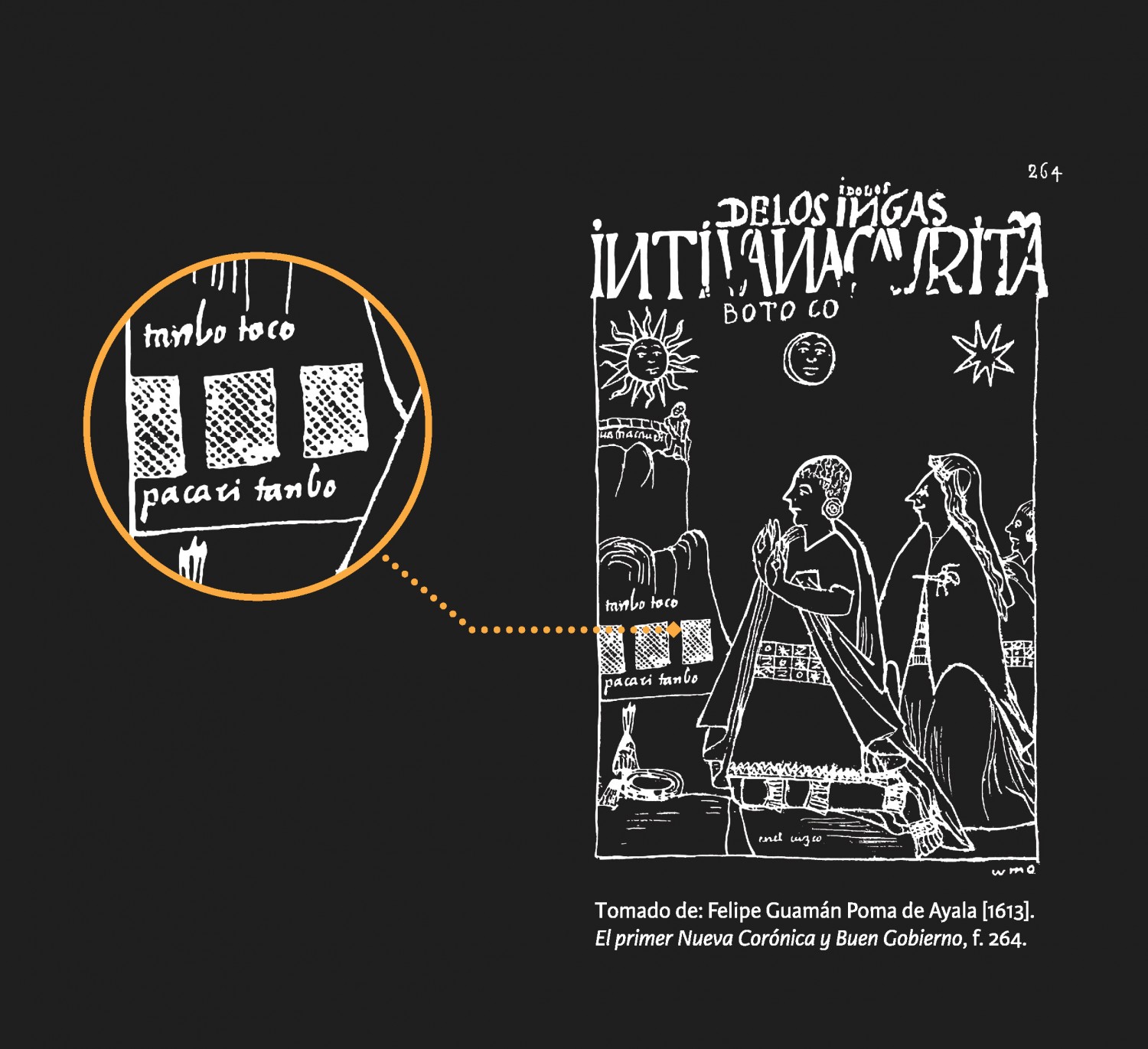
Tampu Toqo toqapu. illustrations in the Spanish chronicles.

Tampu Toqo toqapu. illustrations in the Spanish chronicles.
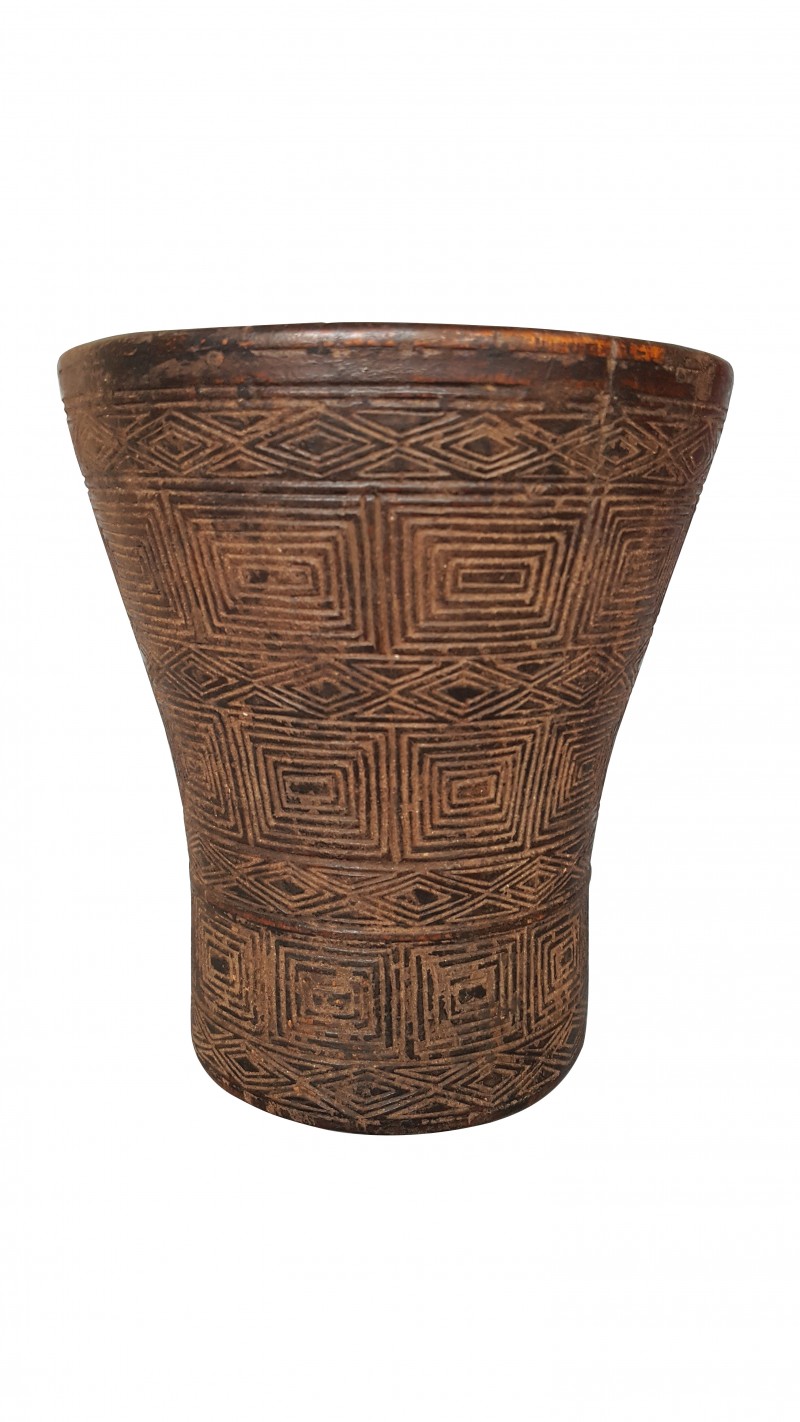
Toqapu tampu toqo. Nested squares representing the origin of the Inkas. Quero cup, Wood. Imperio Inka, Andes Centrales del Perú, AD 1400-1532. Colección particular, PE-FSOZ 03 (176 x 146 mm).
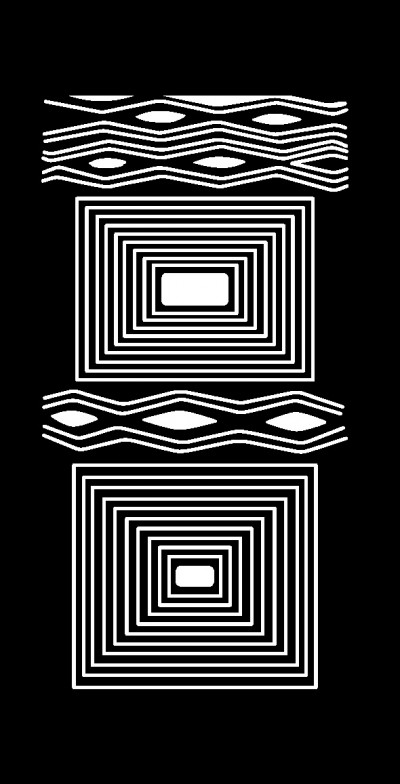
Toqapu Tampu Toqo (drawing from quero-cup PE-FS03).

Toqapu tampu toqo. Nested squares representing the origin of the Inkas. Quero cup, Wood. Imperio Inka (Arica), north of Chile, AD 1400-1532. Chileno de Arte Precolombino/DSCY 1802 (170 x 135 mm).
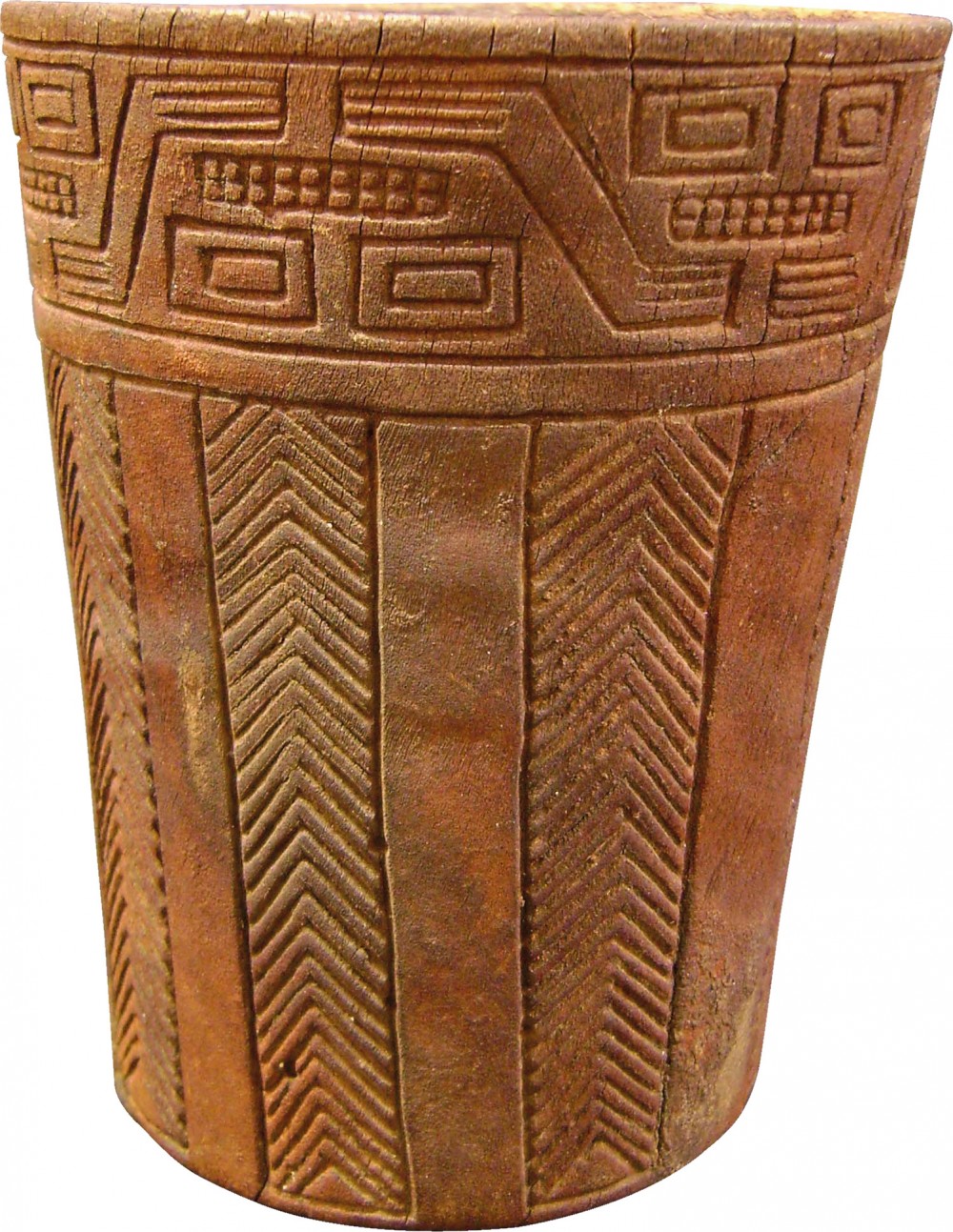
‘Key’ toqapu. Quero cup, Wood. Imperio Inka (Arica), north of Chile, AD 1400-1532. Colección Museo Chileno de Arte Precolombino/DSCY 1802 (170 x 135 mm).
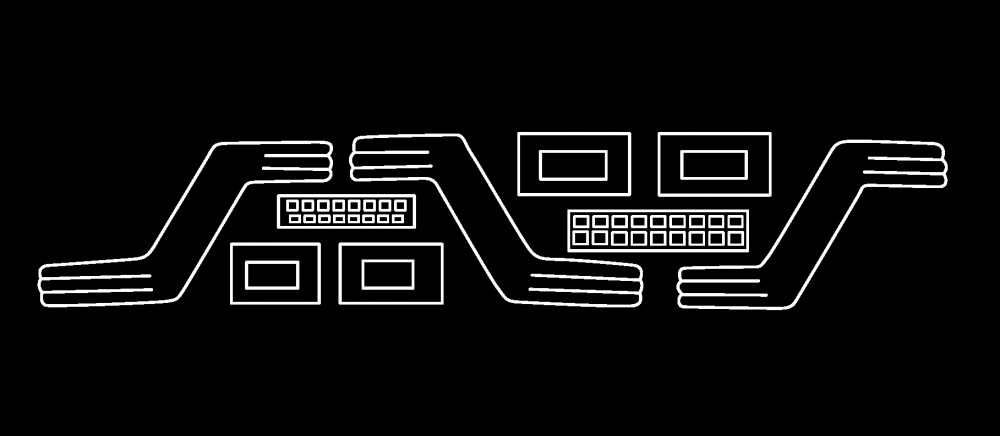
'Key' toqapu (drawing fromn quero-cup MCHAP 3693).

Stepped diamond-shaped toqapu and kantuta flower. Quero cup, Wood. Colonial, Perú, Siglos XVI-XVIII. Colección Museo Colchagua, PE-MCOL 06 (220 x 140 mm).
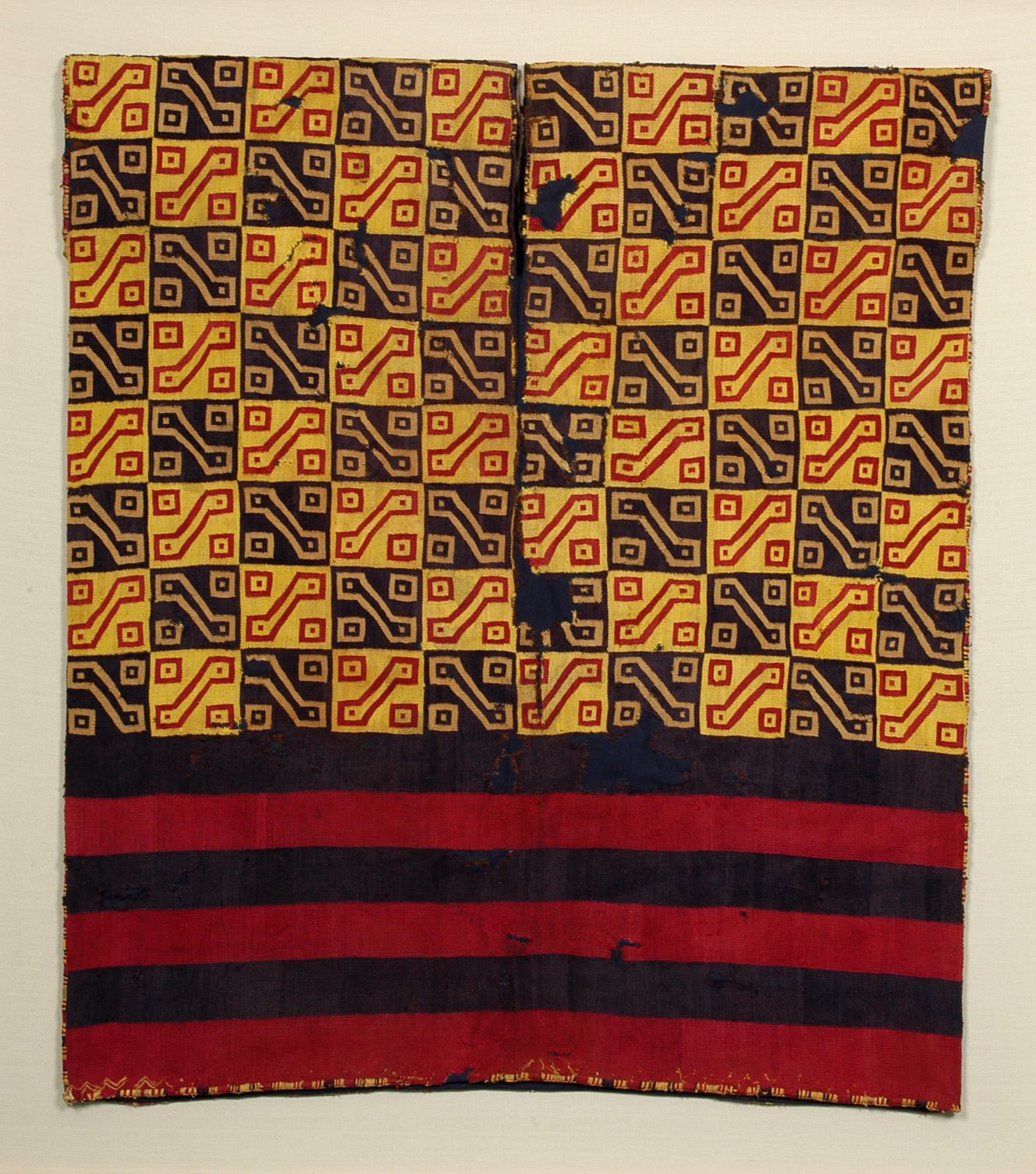
‘Key’ toqapu desing. Tunic (unku), textile. Imperio Inka, Andes Centrales del Perú,
AD 1400-1532.
Colección Museo Nacional de Arqueología, Antropología e Historia del Perú-Ministerio de Cultura de Perú, RT-022053 (900-790 mm).
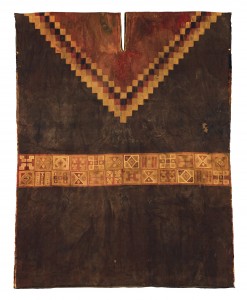
Decorated band with toqapus in a textile unku-tunic. Imperio Inka o Colonial Temprano,
Andes Centrales del Perú,
Siglos XV-XVI.
Colección particular, PE-FSOZ 02 (800 x 600 mm).

Tunic decorated band (detail).
The garments, cups and other objects used by Inka nobility usually incorporated geometric figures called ‘toqapus’, which some researchers interpret as a form of writing (‘quillca’ in the Quechua language). Two such figures are deciphered here—the concentric square, which signifies Tampu Toqo, the place where the Inka emerged from, and the ‘key’ motif, which seems to represent the head and arms of a deity or ‘wak’a’.
















































